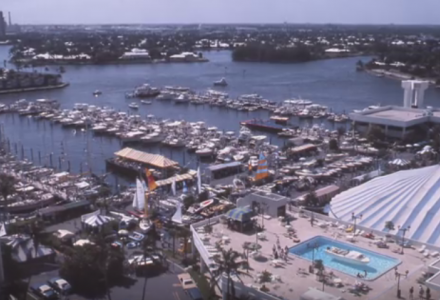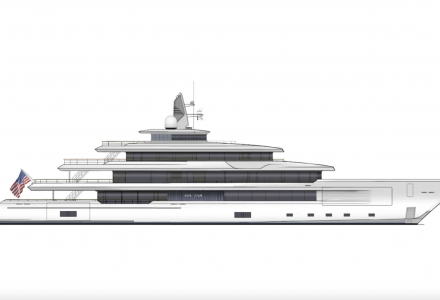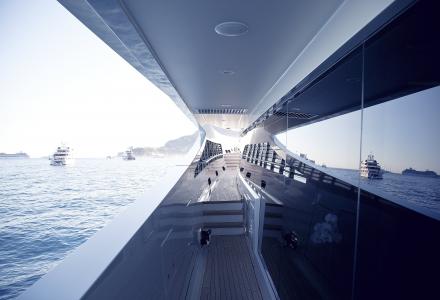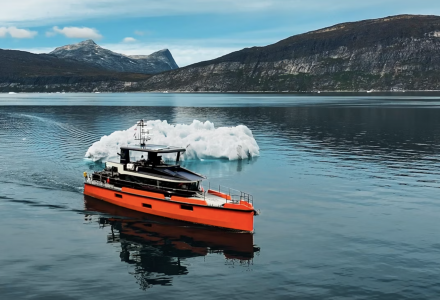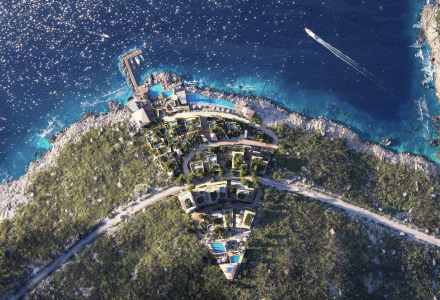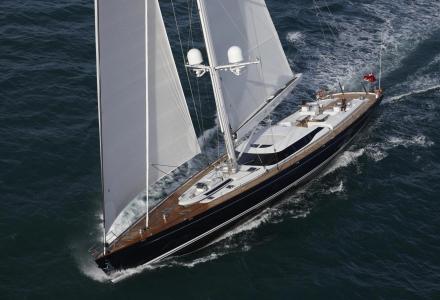Arguably the major yachting event in US, annually displaying over 1.400
boats, the Fort Lauderdale International Boat Show emerged over 50 years
ago as a daring initiative of a bunch of local manufacturers and
dealers, looking for a way to sell boats. On the eve of this
long-awaited event we recall how a new epoch in yachting business
started.
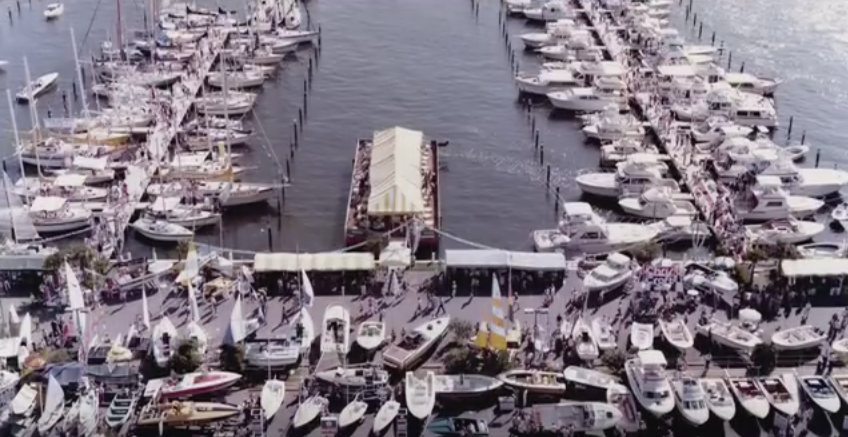
The official beginning of the FLIBS dates back to 1959, when the governing body of the show, Marine Industries Association, called for participants for the first exhibition in the Lauderdale Marina, along the inland waterway, which remains today the focal point of the exhibition activities. This first show was attended by only 13 exhibitors.
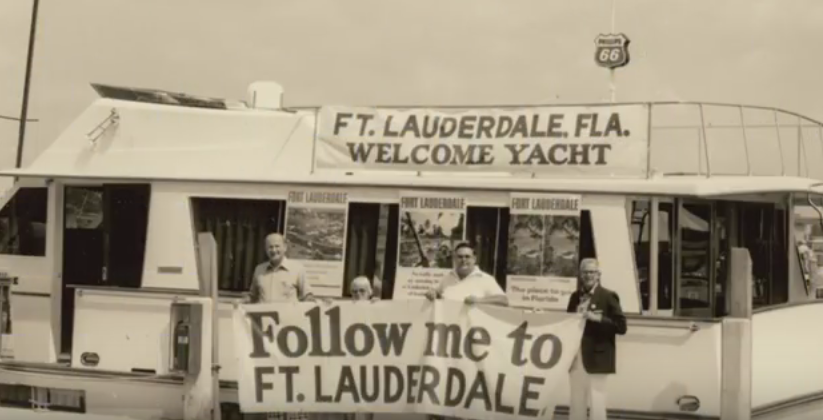
In its second year, the show was moved to the historic Peer 66. It was directed by a Committee comprised of volunteers, that originally charged no exhibitor fees. The early show’s promotions features bathing beauties. Some occasional audience was attracted to this little known event by a motor yacht used as a floating billboard, that kept traveling back and forth to New England.
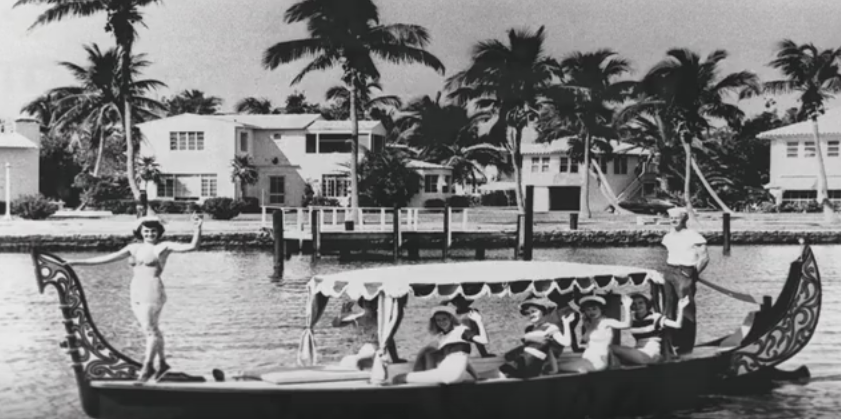
In the course of the next decade and a half the show continued, eventually gaining more exhibition space, but still barely numbering 200 boats. 1976 is often referred to as a turning point for the Fort Lauderdale Show, when a local entrepreneur Kaye Pearson founded the Show Management company that took over all the show’s operations.
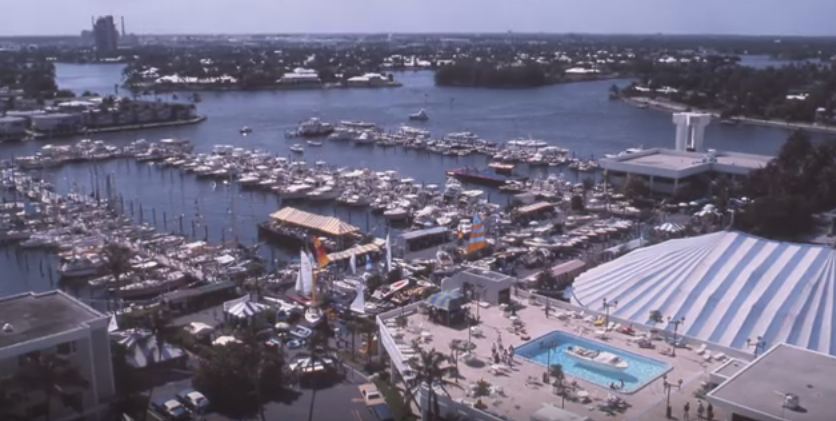
The developers introduced some key changes. First, the event was renamed to the Fort Lauderdale International Boat Show. Second, its dates were moved to fall, after manufacturers have released the new year’s production models. Third, the show was settled in its current location, the Bahia Mar Resort.
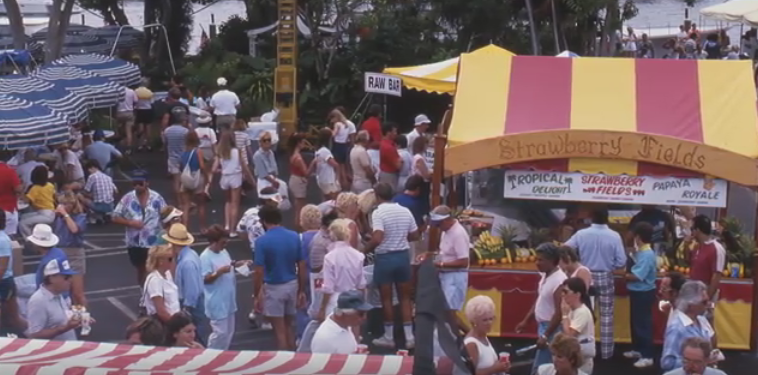
This was followed by a series of minor innovations. A broader advertising campaign was created, with a boat show program implemented for major convenience of participants. A circus-style big top tent was erected in order to accommodate land exhibitors. The on-site food-court was upgraded. Fashion shows and music bands were brought in for around the clock entertainment. One of most memorable bands called Low Tides featured industry members, acting on stage as wannabe rock stars.
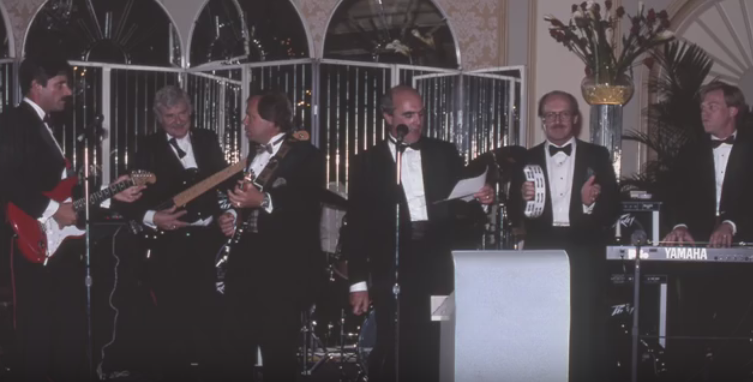
A pioneer of today’s numerous cocktail barges, sponsored by popular alcohol brands, was placed at the center of the show to welcome general public. And the bohemian 1970s would be unimaginable without the extravagant parties, where privileged participants would get in by sliding down a slide or even crawling through a cage.
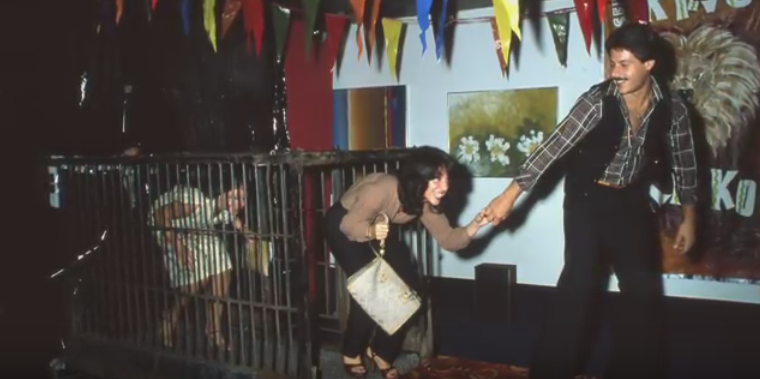
By the time Pearson sold the company ten years ago, the FLIBS was drawing 120.000 visitors, 1.700 yachts and 1.400 exhibitors. These figures have only slightly fluctuated in the recent years. Therefore, each November 3 million square feet of space across seven different show locations in the city of Florida are transformed into hubs for the key industry players from across the globe.
The most recent chapter in FLIBS'S history became its acquisition by Informa, the parent company of the Monaco Yacht Show, along with 4 other US yacht shows for $133 million, creating a near monopoly of the yacht show industry.

The official beginning of the FLIBS dates back to 1959, when the governing body of the show, Marine Industries Association, called for participants for the first exhibition in the Lauderdale Marina, along the inland waterway, which remains today the focal point of the exhibition activities. This first show was attended by only 13 exhibitors.

In its second year, the show was moved to the historic Peer 66. It was directed by a Committee comprised of volunteers, that originally charged no exhibitor fees. The early show’s promotions features bathing beauties. Some occasional audience was attracted to this little known event by a motor yacht used as a floating billboard, that kept traveling back and forth to New England.

In the course of the next decade and a half the show continued, eventually gaining more exhibition space, but still barely numbering 200 boats. 1976 is often referred to as a turning point for the Fort Lauderdale Show, when a local entrepreneur Kaye Pearson founded the Show Management company that took over all the show’s operations.

The developers introduced some key changes. First, the event was renamed to the Fort Lauderdale International Boat Show. Second, its dates were moved to fall, after manufacturers have released the new year’s production models. Third, the show was settled in its current location, the Bahia Mar Resort.

This was followed by a series of minor innovations. A broader advertising campaign was created, with a boat show program implemented for major convenience of participants. A circus-style big top tent was erected in order to accommodate land exhibitors. The on-site food-court was upgraded. Fashion shows and music bands were brought in for around the clock entertainment. One of most memorable bands called Low Tides featured industry members, acting on stage as wannabe rock stars.

A pioneer of today’s numerous cocktail barges, sponsored by popular alcohol brands, was placed at the center of the show to welcome general public. And the bohemian 1970s would be unimaginable without the extravagant parties, where privileged participants would get in by sliding down a slide or even crawling through a cage.

By the time Pearson sold the company ten years ago, the FLIBS was drawing 120.000 visitors, 1.700 yachts and 1.400 exhibitors. These figures have only slightly fluctuated in the recent years. Therefore, each November 3 million square feet of space across seven different show locations in the city of Florida are transformed into hubs for the key industry players from across the globe.
The most recent chapter in FLIBS'S history became its acquisition by Informa, the parent company of the Monaco Yacht Show, along with 4 other US yacht shows for $133 million, creating a near monopoly of the yacht show industry.
